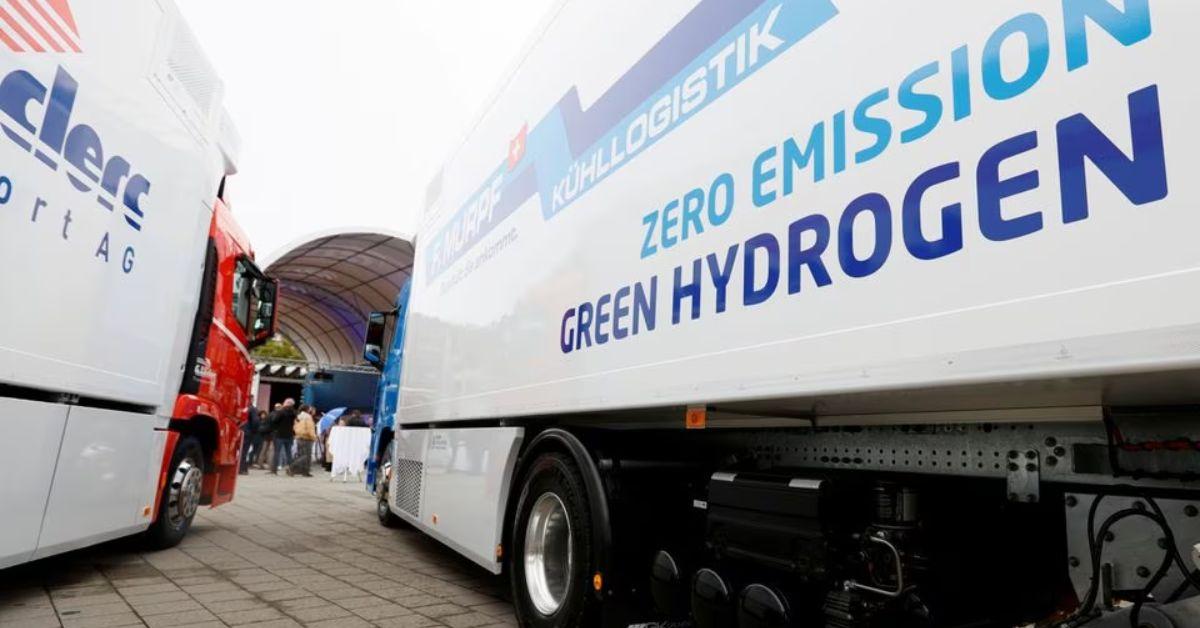The tweak, which is before the Ministry of Commerce, could potentially allow export-oriented green hydrogen projects to avail fiscal benefits for setting up and operating renewable energy plants used for the production of green hydrogen. The commerce ministry is also looking at notifying SEZs that can be spread out across multiple locations, specifically for green hydrogen projects. These suggestions were made by green hydrogen developers at a meeting on October 19 with the Ministry of New and Renewable Energy (MNRE), where officials from the Ministry of Commerce were also present.
Allowing multi-locational SEZs will enable developers to use wind energy for which turbines are placed at a considerable distance from each other. Currently, SEZs must have a contiguous land area of 50 hectares or more, a requirement the commerce ministry is open to relaxing for green hydrogen projects. As per industry estimates, the distance between two wind turbines could be anywhere between 250 metres to 400 metres apart, depending on their size. Without multi-locational SEZs, export-oriented green hydrogen projects using wind energy could face difficulties in securing vast amounts of land for renewable energy generation alone. With multi-locational SEZs, however, they will be able to designate specific and discontiguous patches of land upon which wind turbines are installed as part of a singular SEZ.
Green hydrogen developers have sought an amendment to an order issued by the commerce ministry’s SEZ Division on June 7, 2021, which bars non-conventional power plants set up for captive consumption in an SEZ unit from being eligible for tax and duty benefits. As per industry sources, plants supplying renewable energy for producing green hydrogen are akin to raw material, hence they should be eligible for concessions. Currently, SEZ rules do allow fiscal benefits only for renewable energy plants set up as SEZ units and meant for selling power outside of SEZs. However, renewable energy plants become ineligible for benefits when used for captive consumption. The considered amendment will make renewable energy plants for captive consumption also eligible for fiscal benefits. As per the meeting minutes, MNRE also issued directions to the Ministry of Power and the Ministry of Ports, Shipping and Waterways (MoPSW) to address transmission and logistics related issues being faced by green hydrogen developers. It asked the power ministry to look into reducing bank guarantees required for the grid connectivity of renewable energy plants from Rs 10 lakh per megawatt to Rs 5 lakh per megawatt. It also asked the power ministry to examine contract demand charges being levied by different state governments for providing grid connectivity and to provide dual connectivity for green hydrogen projects through both central and state transmission systems.
Representatives of green hydrogen developers present at the meeting were also asked to share the locations of their upcoming green hydrogen plants and the corresponding power capacity required by them so that the transmission infrastructure can be planned accordingly. Developers represented at the meeting included central PSUs like Indian Oil Corporation and NTPC, and private players like Reliance Industries, Adani Group, L&T India, ACME Group, Torrent Power, JSW Group, Essar Group, among others. MNRE also proposed a separate meeting with MoPSW to discuss issues pertaining to allocation of land near ports for setting up green hydrogen projects. It also urged MoPSW to set up common infrastructure for bunkering of green ammonia, which is a derivative of green hydrogen, at ports. Bunkering involves putting in place infrastructure for the safe storage and supply of green ammonia to carrier ships. MoPSW has already identified three major ports to set up green ammonia bunkers, which are Paradip Port in Odisha, Deendayal Port in Gujarat, and VO Chidambaranar Port in Tamil Nadu. As per MoPSW’s Harit Sagar Green Port Guidelines issued in May earlier this year, green ammonia bunkers and refuelling facilities shall be established at all major ports by 2035.







